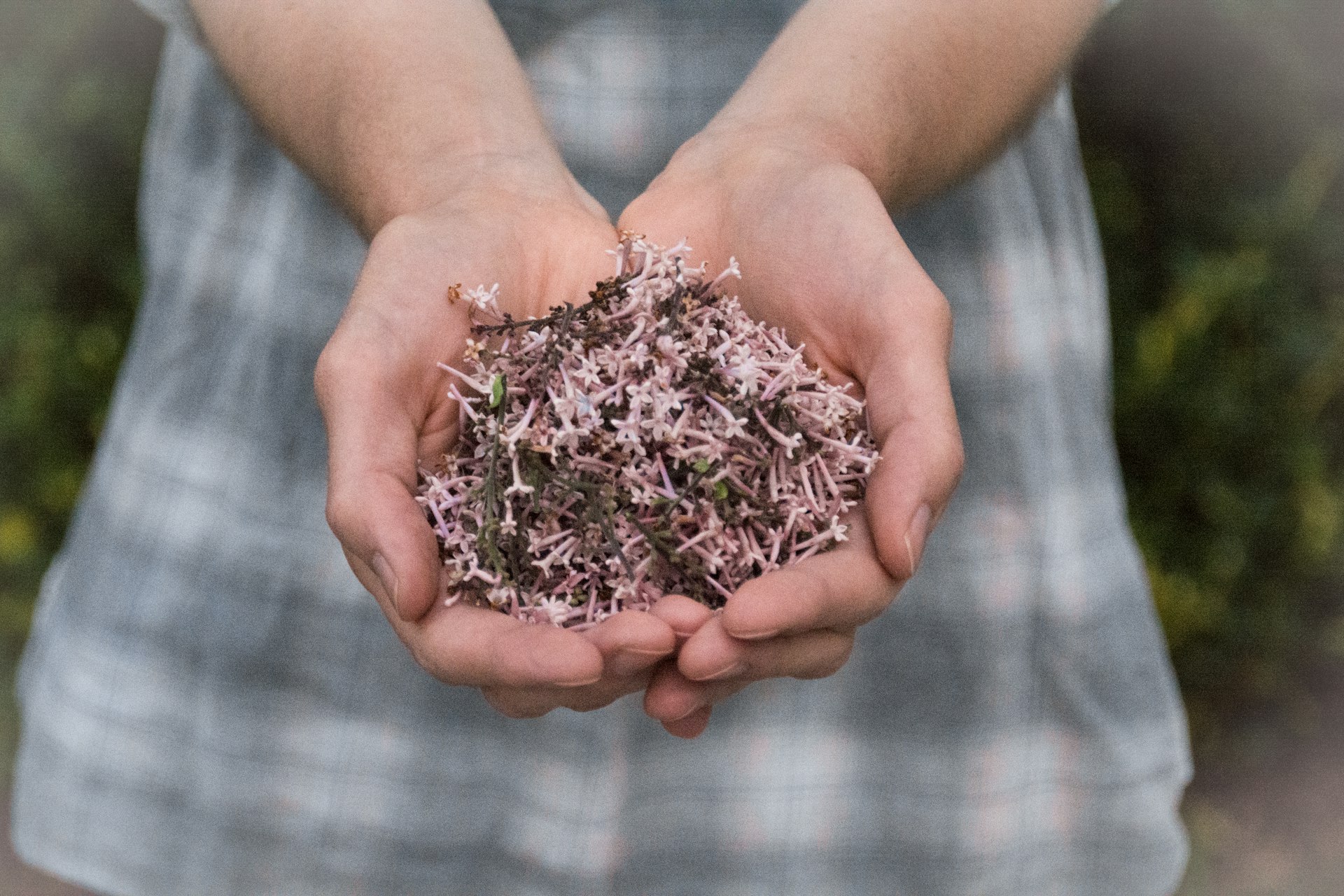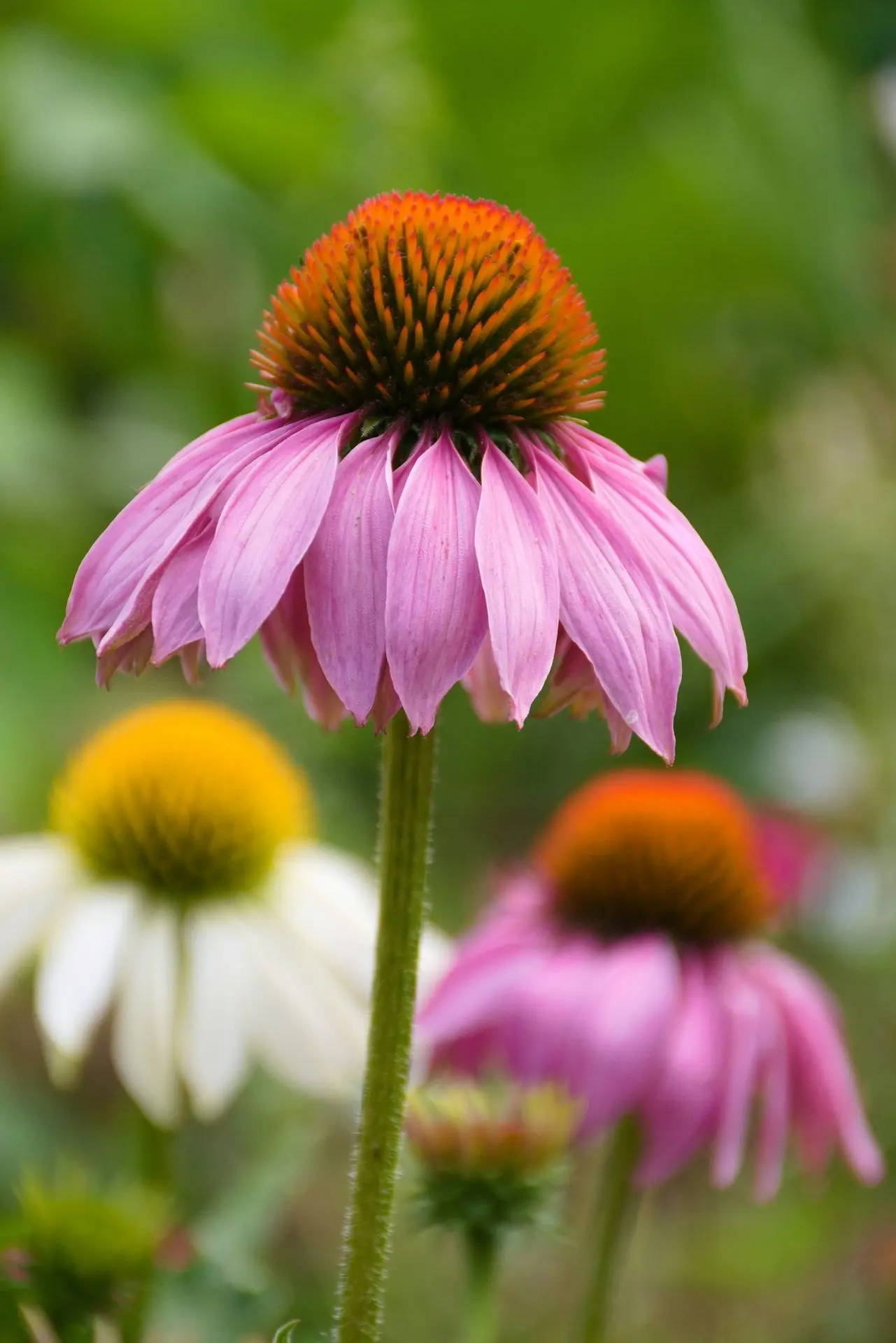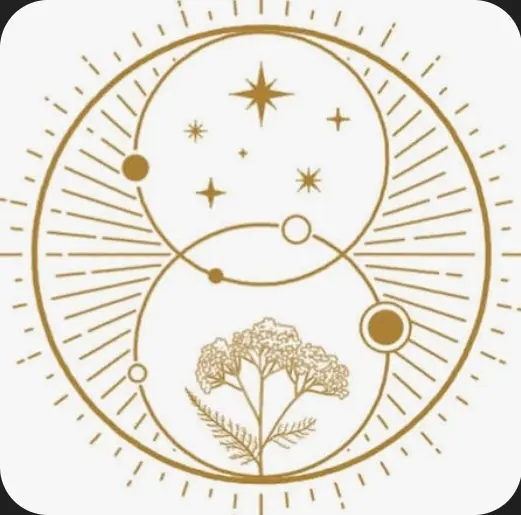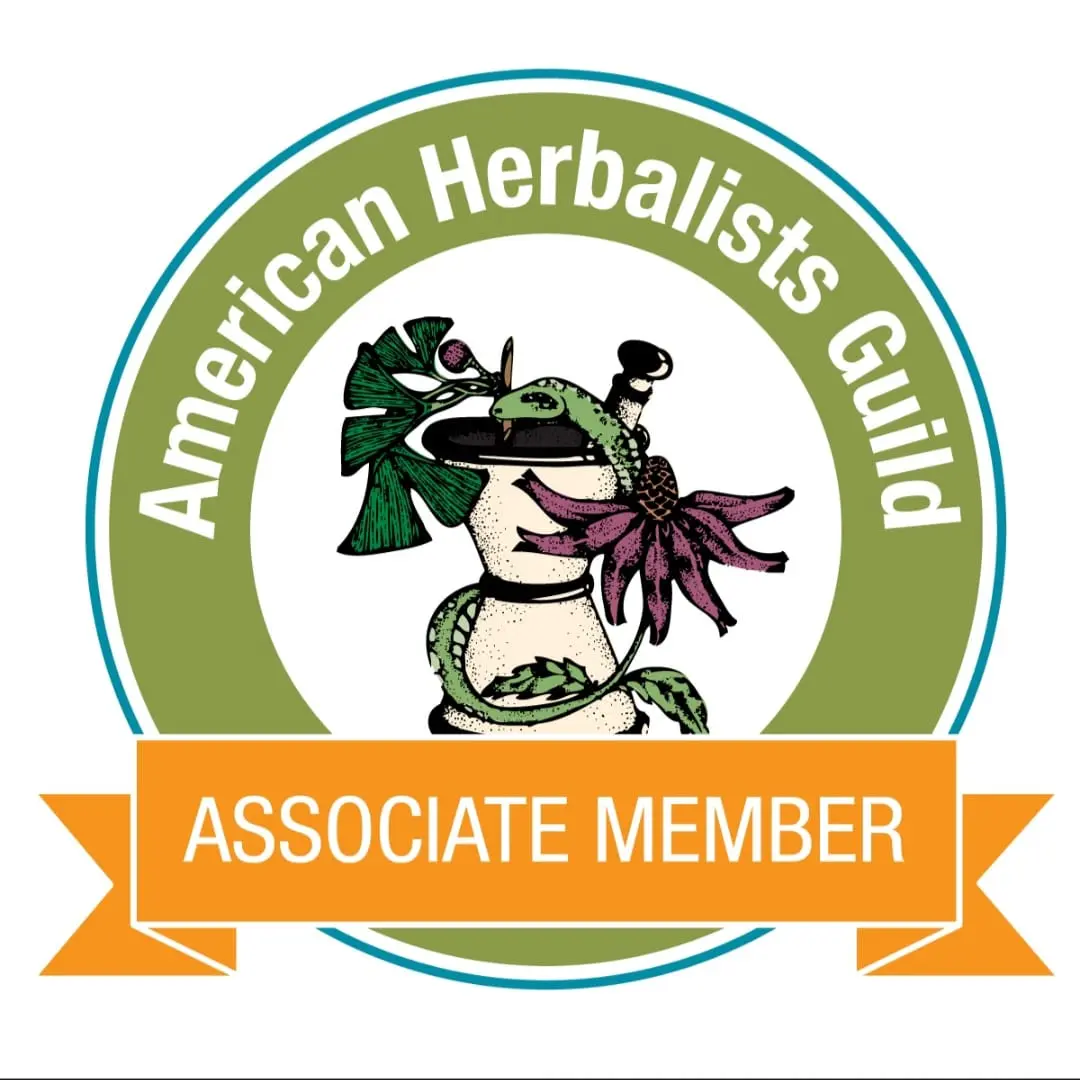Herb of the Month
Empowering Echinacea - (E. spp.)
As summer slips away to school, & cooler weather, guard Yourself & Your Family with the right tools for this cold & flu season. Spiny and sovereign, Echinacea stands guard at the threshold—awakening the body’s defenses with a tingling kiss. She blooms in heat, roots in resilience, and calls the lymph to rise. Not a shield, but a signal. Not a cure, but a catalyst.

Common Names
Commonly called: Black Sampson, Coneflower, Hedgehog, Kansas Snakeroot, Purple Coneflower

Traditional Names
Latin name: E. purpurea, E. angustifolia
Family
Asteraceae (Daisy Family)
Parts Used
Roots, Flowers, Leaves & Stems

Harvesting
- Season: Late summer to early fall
- Best time: After 2–3 years of growth for root potency
- Method:
- Dig roots with reverence; leave some to regrow
- Harvest flowers fresh for tinctures or drying
- Leaves can be used in teas or poultices
- Dry in shade with good airflow; roots may be sliced before drying
Sustainability
- Echinacea is native to North America and was once abundant across the plains
- Overharvesting and habitat loss have impacted wild populations—cultivate your own when possible
- Choose organically grown or ethically wildcrafted sources
- E. purpurea is easier to grow and more sustainable than E. angustifolia, which is slower-growing and often overharvested
Traditional Uses
- Internal:
- Stimulates immune response at the onset of illness
- Used for sore throats & swollen glands especially bacterial infections
- Supports lymphatic drainage and detoxification
- Promotes saliva flow and oral health
Eclectic physicians in the 1800s considered Echinacea “unsurpassed” among alteratives for secretory and lymphatic function.
Folklore
In Native tradition, Echinacea was known as Sampson Root—a plant of strength and protection, used to treat snake bites, fevers, and wounds. Plains tribes revered it as medicine that heals and shields. Across cultures, Echinacea has come to symbolize resilience, immune awakening, and the body's quiet call to arms. She’s a warrior herb—defensive and catalytic.
The science stuff
Below You'll find: the key constituents, actions/energetics, uses, sample dosage guidelines, and more!
Key Constituents:
Immunomodulator, anti-bacterial, anti-inflammatory, lymphagogue, vulnerary, sialagogue, alterative
Actions & Energetics:
Cooling, drying, acrid, pungent, slightly bitter
Safety:
Echinacea is generally considered safe for short-term use, with few adverse effects reported in trials. However, long-term use is not well studied and may not be advisable without practitioner guidance.
* Note: Echinacea’s efficacy is highest when taken at the first sign of illness—not as a daily tonic.
Always consult with a doctor before starting treatments.
Scroll on...
Discover even more below!

Scientific Research
Modern Research: Modern studies on Echinacea purpurea and E. angustifolia suggest that their immune-modulating effects stem from active compounds like alkylamides, polysaccharides, and glycoproteins. These constituents may stimulate white blood cell production and enhance lymphatic activity, particularly during acute infections.
Clinical trials have shown mixed results:
- Some studies report shortened duration and reduced severity of upper respiratory infections when echinacea is taken at onset
- Others show minimal difference compared to placebo, suggesting variability in extract quality, species used, and timing of administration
References
Works from various authors and institutions, such as the USDA, Britannica, & various studies.
Sample Adult Dose:
Take EXTRA caution when giving herbal remedies to children!
Tincture (1:2 fresh root or 1:5 dried root):
- 2–4 mL, up to 3x daily at onset of symptoms
- Continue for 7–10 days or until symptoms resolve
Capsules/Tablets:
- 300–500 mg, 3x daily during acute illness
Tea (dried root or whole plant):
- 6–8 oz infusion, up to 3x daily
- Best combined with warming herbs like ginger or thyme
* Always consult a practitioner if pregnant, immunocompromised, or taking immunosuppressants.
The Archives
Explore past Herbs of the Month in the Living Archive, where each entry is a memory and a medicine.
This living archive honors the rhythm of ritual care—season by season, scroll by scroll
Explore past herbs in the Living Archive, where each entry is a memory & a medicine. Enter The Archives







